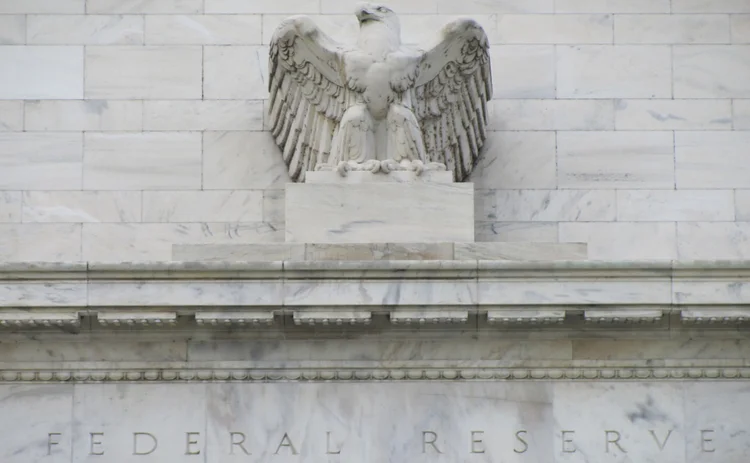
Fed walking a financial stability ‘tightrope’
Experts disagree over US regulators’ use of systemic risk exception for deposit insurance

US regulators are walking a tightrope in their use of the “systemic risk exception” for deposit insurance, several academics tell Central Banking.
The Federal Reserve and the Federal Deposit Insurance Corporation can use the exception when they judge a bank failure potentially threatens the entire banking system. When it invokes the exception, the FDIC insures 100% of the bank’s deposits, far above the usual $250,000 limit for each deposit.
Experts disagree over whether the Fed and FDIC’s
Only users who have a paid subscription or are part of a corporate subscription are able to print or copy content.
To access these options, along with all other subscription benefits, please contact info@centralbanking.com or view our subscription options here: http://subscriptions.centralbanking.com/subscribe
You are currently unable to print this content. Please contact info@centralbanking.com to find out more.
You are currently unable to copy this content. Please contact info@centralbanking.com to find out more.
Copyright Infopro Digital Limited. All rights reserved.
As outlined in our terms and conditions, https://www.infopro-digital.com/terms-and-conditions/subscriptions/ (point 2.4), printing is limited to a single copy.
If you would like to purchase additional rights please email info@centralbanking.com
Copyright Infopro Digital Limited. All rights reserved.
You may share this content using our article tools. As outlined in our terms and conditions, https://www.infopro-digital.com/terms-and-conditions/subscriptions/ (clause 2.4), an Authorised User may only make one copy of the materials for their own personal use. You must also comply with the restrictions in clause 2.5.
If you would like to purchase additional rights please email info@centralbanking.com






